After the merger, the new Ho Chi Minh City will become the most powerful metropolis in the country. Photo: Nam Khanh
The 11th Central Conference approved the merger of provinces and centrally-run cities. It is expected that Ho Chi Minh City, Binh Duong and Ba Ria - Vung Tau (BR-VT) will be merged into a new Ho Chi Minh City.
Speaking with VietNamNet, Architect Ngo Viet Nam Son said that the merger of Ho Chi Minh City, Binh Duong and Ba Ria-Vung Tau will open up many new opportunities, new development space and new challenges.
Specifically, in the Southeast region, the three above-mentioned localities, together with Dong Nai province, are the strongest " economic quadrilateral sub-region" in the country, because they contribute the largest budget.
And therefore, after merging the three localities, the new Ho Chi Minh City will become the strongest growth pole in the country.
Architect Ngo Viet Nam Son. Photo: Contributor
Architect Ngo Viet Nam Son also believes that after the merger, taking the name Ho Chi Minh City is also in line with the development trend, because Ho Chi Minh City is already an international brand. And so, the capital will certainly be located in Ho Chi Minh City.
“Previously, Ho Chi Minh City was the strongest locomotive in the country. Now, merging Binh Duong and Ba Ria-Vung Tau will create an even stronger megacity,” architect Nam Son affirmed.
He cited that, although it is the country's leading city, Ho Chi Minh City still does not have regional-scale infrastructure.
Specifically, the largest airport is located in Long Thanh; the largest port system is Cai Mep-Thi Vai located in Ba Ria-Vung Tau; the largest terminal is Song Than located in Binh Duong...
Thus, according to this expert, when merged, Ho Chi Minh City will have more key infrastructure. This is a huge advantage.
Planning of HCMC metro system running to BR-VT
However, he also said that the new megacity of Ho Chi Minh City also has new challenges. Specifically, key infrastructures are areas that have not been synchronously connected.
Besides, when merging 3 localities, managers also need to research and adjust the planning to suit the new trend.
For example, with BR-VT, a locality with about 350km of coastline, now merging with it, Ho Chi Minh City can be considered a coastal city.
Currently, Ho Chi Minh City is only considered a coastal city, not a coastal city. Because this locality only has a coastal area in Can Gio district, but it is located in the biosphere conservation area, so the conditions for development will be limited and restricted.
Now, after the merger, Ho Chi Minh City will become a coastal city, at that time it is necessary to plan a metro system running down to Ba Ria-Vung Tau.
Third, according to architect Nam Son, the Can Gio super port must be re-examined. According to him, in the approved planning, the goal of this super port is a transit port, because it does not want to compete with Cai Mep - Thi Vai port. Now that it has been merged, it will become a part of the Cai Mep - Thi Vai port cluster system. Therefore, more appropriate adjustments are needed.
Architect Nam Son also believes that, as a megacity, the new Ho Chi Minh City will have many tasks, many big goals, many new problems due to a larger population; more vibrant and complex socio-economic activities... This requires innovation in thinking, new ways of doing things, and new ways of managing.
“New opportunities and larger development space come with greater responsibilities,” Mr. Nam Son noted.
Development zoning according to each strength
Dr. Tran Hoang Ngan, a member of the National Assembly of Ho Chi Minh City, said that after the merger, the expanded Ho Chi Minh City will have about 13.6 million people, accounting for 13.4% of the country's population, while its area only accounts for about 2%; population density is about 2,040 people/km2.
The important thing, according to Mr. Ngan, is that Ho Chi Minh City's expansion contributes 1/4 of the country's GDP, accounts for more than 1/3 of total budget revenue and 1/5 of export turnover.
“Thus, it can be seen that the former leading position of Ho Chi Minh City was an important leading position of the whole country. Now, the expansion of Ho Chi Minh City is many times more important,” emphasized Dr. Tran Hoang Ngan.
According to Dr. Tran Hoang Ngan, the megacity of Ho Chi Minh City needs to be divided into sub-regions according to each strength. Photo: Hoang Ha
Therefore, this National Assembly member believes that it is necessary to consider a superior institution for this megacity. More specifically, Ho Chi Minh City can divide development zones according to each strength, forming development sub-regions.
For example, with Binh Duong area, there will be a focus on industrial development, with many concentrated industrial parks.
The Ba Ria-Vung Tau region prioritizes the development of the marine economy, including logistics, seaport exploitation, marine tourism, fishing - aquaculture, oil and gas, etc.
Ho Chi Minh City is the center of trade, services, finance and banking of the whole country; develops healthcare and education; focuses on developing science and technology according to Resolution 57 of the Politburo as an innovation center, a digital transformation center, including an international financial center...
"Thus, this zoning will create conditions for the megacity of Ho Chi Minh City to develop more strongly, because it is no longer competitive as when it was still three separate localities," Dr. Tran Hoang Ngan analyzed.
To do that, Mr. Ngan noted, the megacity of Ho Chi Minh City needs to focus on building a more synchronous connection infrastructure. In particular, priority should be given to developing the metro system to sub-regions.
All set for merger
At the recent 39th Ho Chi Minh City Party Committee conference, Ho Chi Minh City Party Committee Secretary Nguyen Van Nen affirmed to VietNamNet that "preparations for the merger are ready, just waiting for the Resolution to be announced to implement."
He informed that the three Secretaries of Ho Chi Minh City, Binh Duong and Ba Ria-Vung Tau had met and discussed the merger; the departments, branches and authorities in the three localities had also taken the initiative.
In addition, the Steering Committee for the merger of the three localities has been established. This April, there will also be a plenary meeting between the three localities to implement the merger policy.
“We have discussed the necessity and internal issues of the three localities when merging... Now there is only one meeting of the three provinces and cities to discuss more thoroughly. Everything is ready, just waiting for the official resolution of the National Assembly to deploy and deploy quickly and urgently in the spirit of running and lining up at the same time,” affirmed the Secretary of the Ho Chi Minh City Party Committee.
Source: https://vietnamnet.vn/sieu-do-thi-tphcm-moi-se-manh-gap-boi-lan-2391853.html


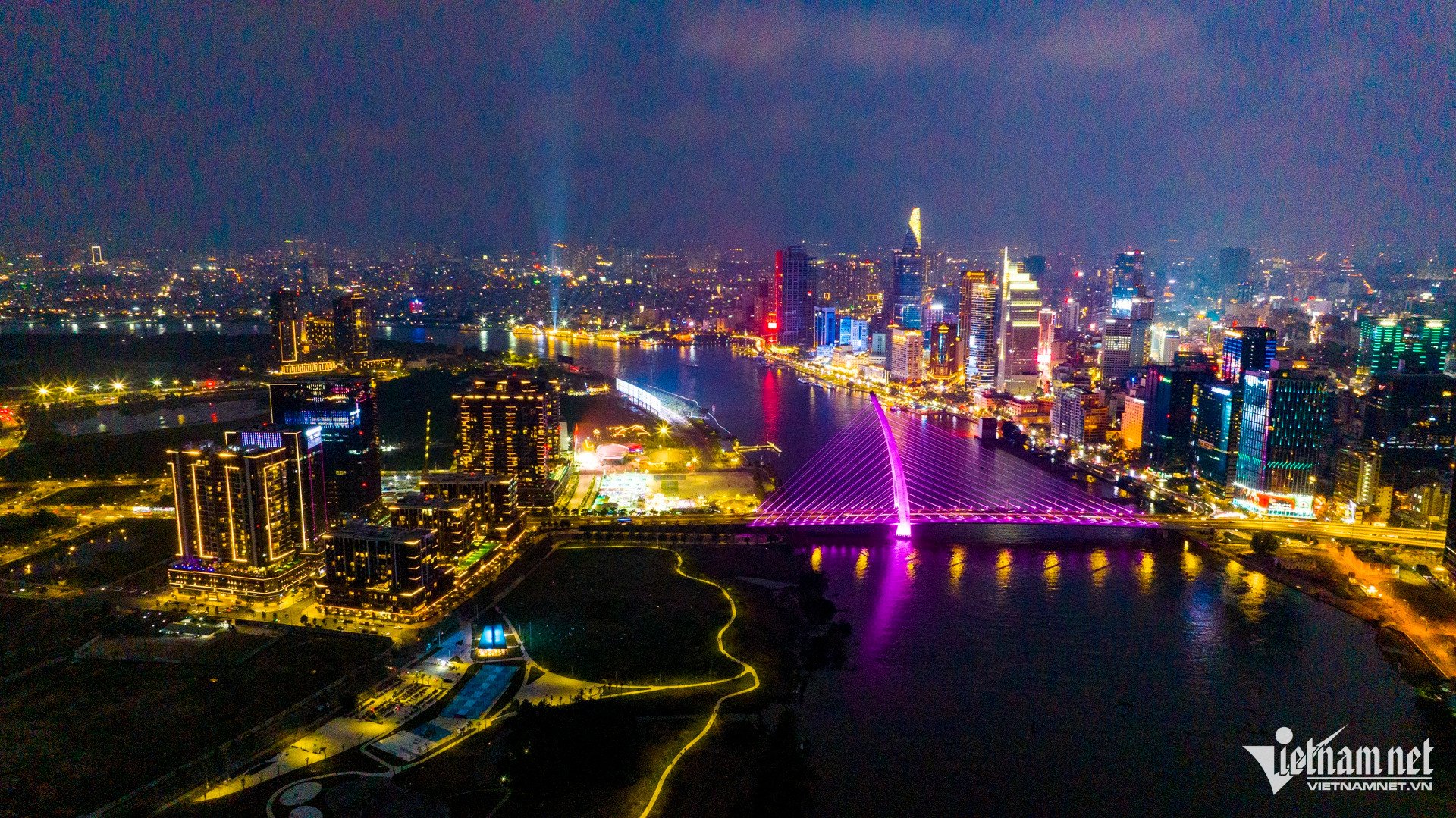

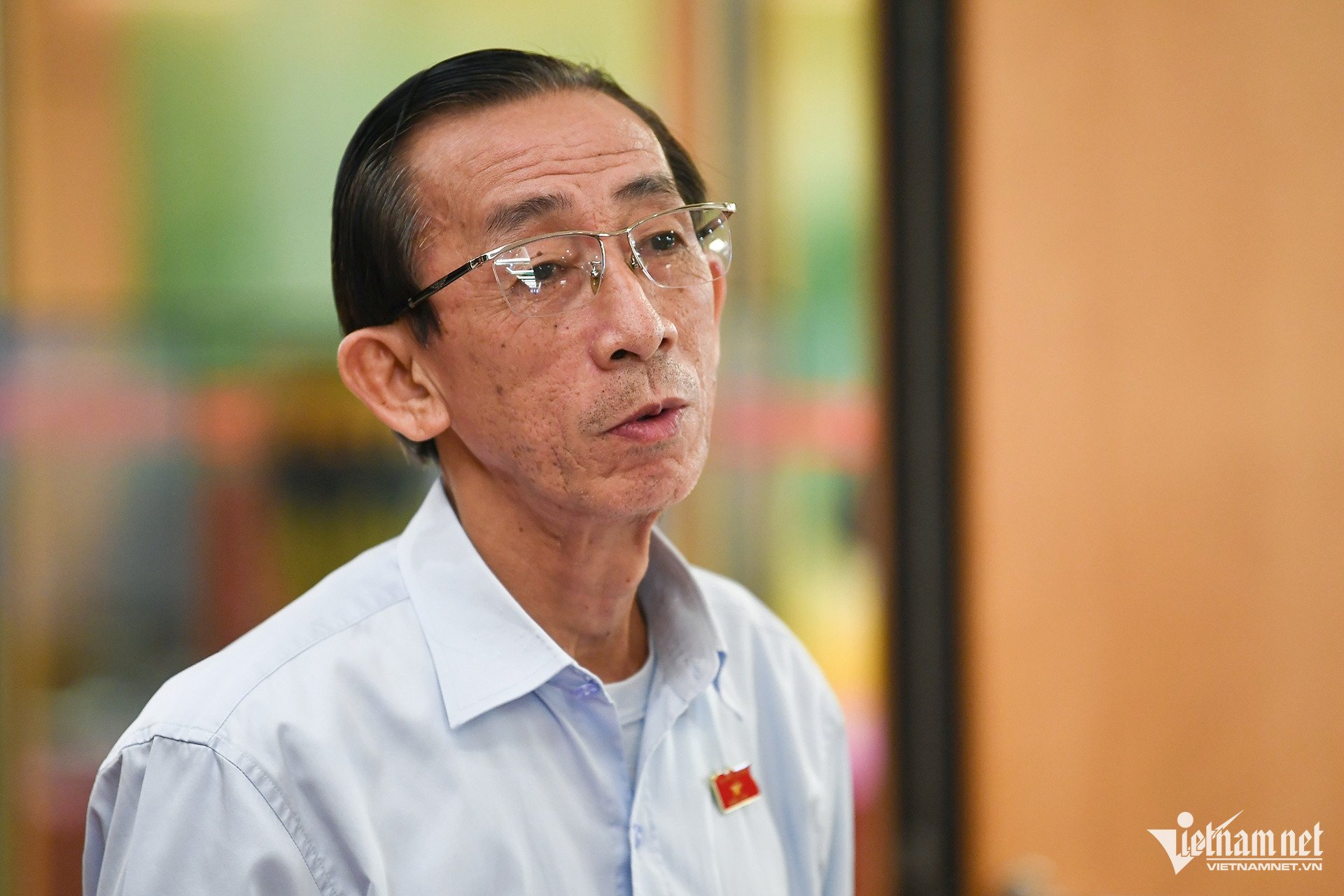
![[Photo] More than 17,000 candidates participate in the 2025 SPT Competency Assessment Test of Hanoi National University of Education](https://vphoto.vietnam.vn/thumb/1200x675/vietnam/resource/IMAGE/2025/5/17/e538d9a1636c407cbb211b314e6303fd)



![[Photo] Prime Minister Pham Minh Chinh chairs meeting on science and technology development](https://vphoto.vietnam.vn/thumb/1200x675/vietnam/resource/IMAGE/2025/5/17/ae80dd74c384439789b12013c738a045)
![[Photo] Readers line up to visit the photo exhibition and receive a special publication commemorating the 135th birthday of President Ho Chi Minh at Nhan Dan Newspaper](https://vphoto.vietnam.vn/thumb/1200x675/vietnam/resource/IMAGE/2025/5/17/85b3197fc6bd43e6a9ee4db15101005b)





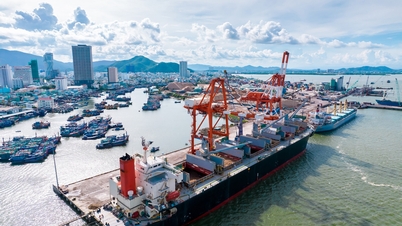
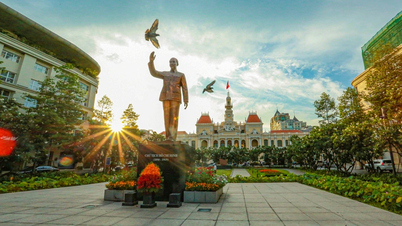
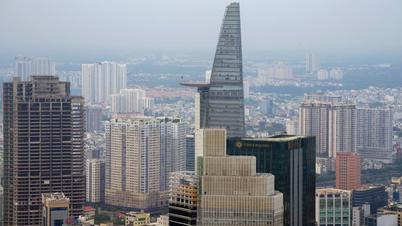















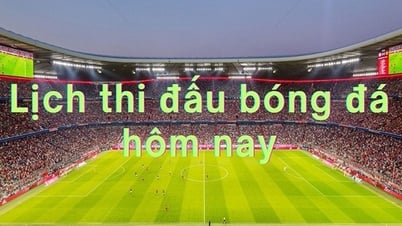





![[Photo] Nearly 3,000 students moved by stories about soldiers](https://vphoto.vietnam.vn/thumb/1200x675/vietnam/resource/IMAGE/2025/5/17/21da57c8241e42438b423eaa37215e0e)









































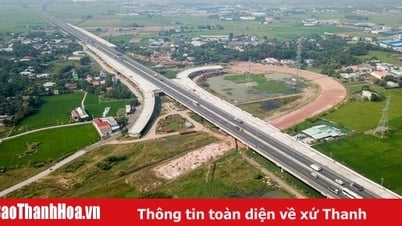



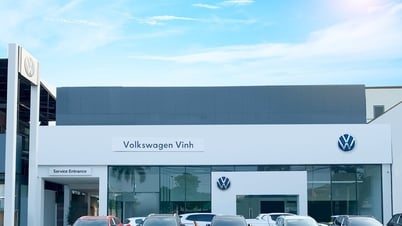













Comment (0)